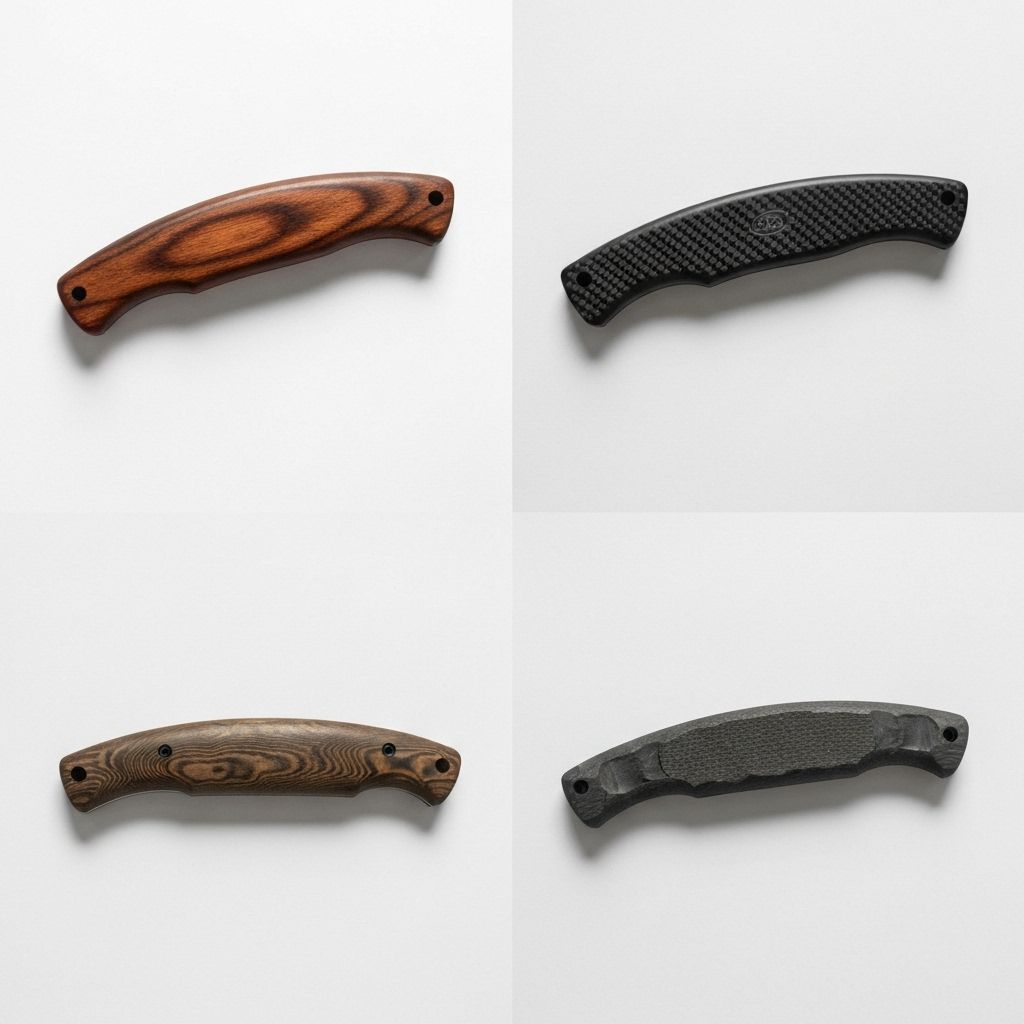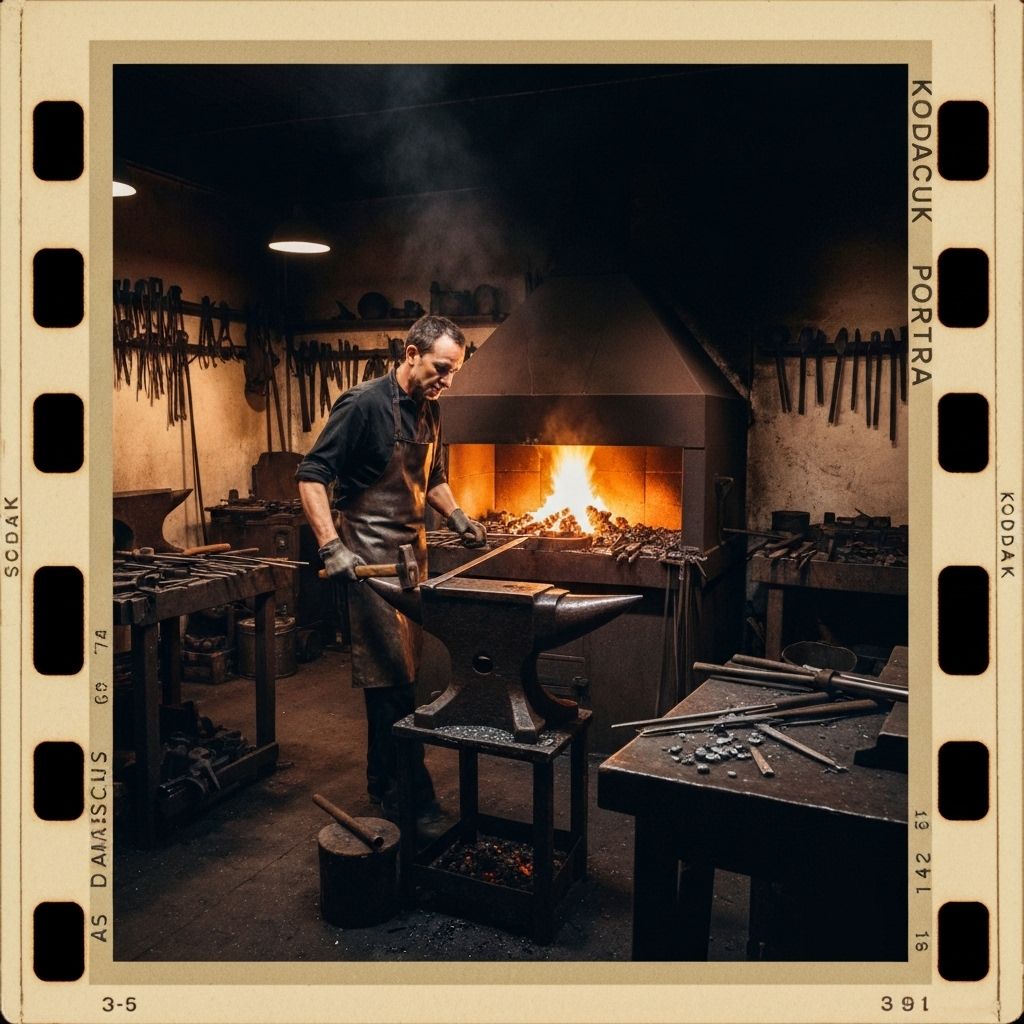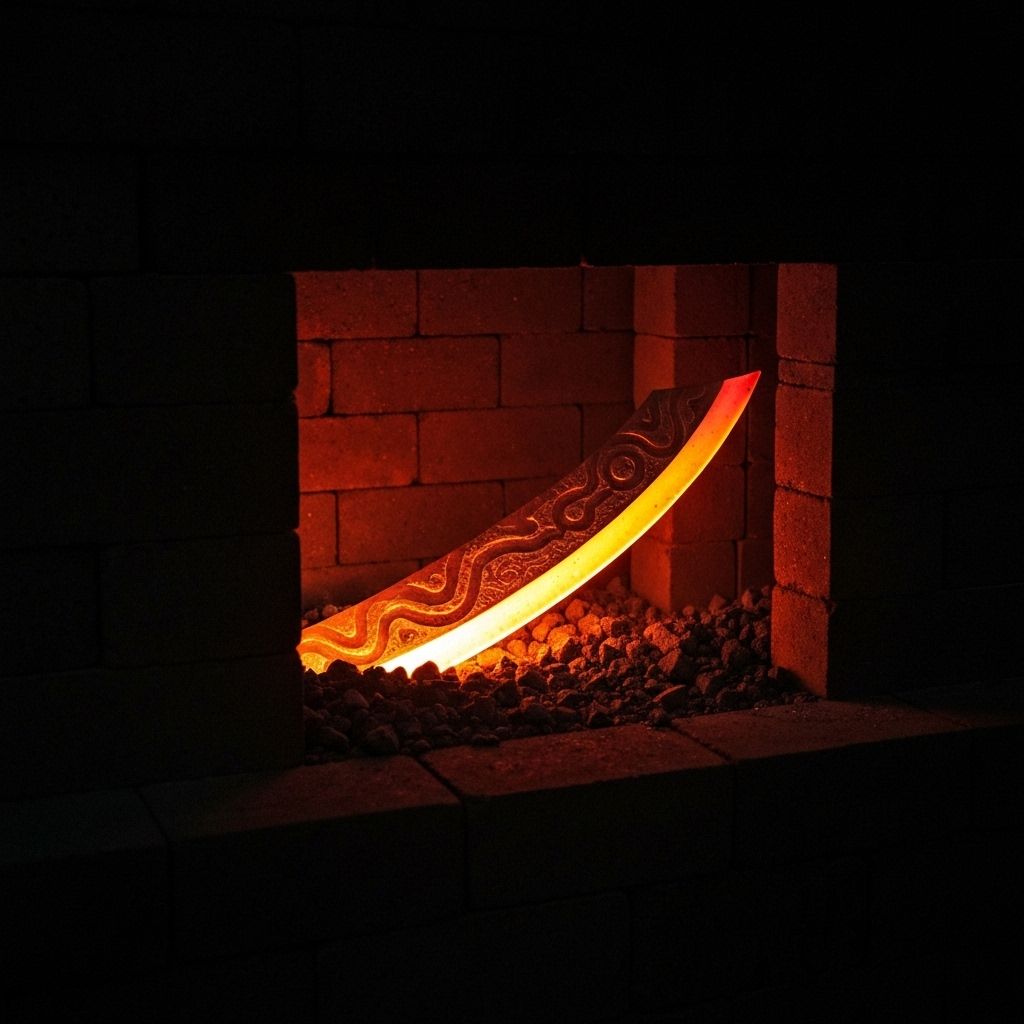Handle Materials: Engineering Ergonomics and Durability
Explore the material science behind knife handles and how different materials affect performance and longevity.
- Answer the main question in one sentence.
- Give the best pick and why in one line.
- Link to the product or guide for next step.

Handle material selection balances ergonomics, durability, and aesthetic appeal. Each material offers distinct properties that affect grip, maintenance, and longevity.
Stabilized wood undergoes vacuum treatment with resin, filling cellular voids to create a material impervious to moisture while retaining wood's natural warmth and texture. This process increases density by 40% and eliminates the expansion-contraction cycles that cause traditional wood handles to crack.
G10 composite, originally developed for aerospace applications, consists of fiberglass cloth layers saturated with epoxy resin. The result is exceptionally strong, lightweight, and completely waterproof. Its textured surface provides secure grip even when wet, making it ideal for professional kitchens.
Micarta, created by layering linen or paper with phenolic resin, offers a unique combination of warmth and durability. It develops a subtle patina with use, becoming more comfortable over time. Unlike wood, it requires no maintenance beyond regular cleaning.
Carbon fiber represents the pinnacle of modern materials: 60% lighter than steel with five times the tensile strength. Its distinctive weave pattern creates visual interest while the material's rigidity ensures precise control during detailed work.
// RELATED_ARTICLES

The Art of Damascus Steel: Ancient Techniques Meet Modern Precision
Explore the centuries-old process of creating Damascus steel and how we've refined it for contemporary culinary applications.

Heat Treatment Metallurgy: The Science Behind Blade Hardness
Discover how precise heat treatment transforms steel into blades with optimal hardness, toughness, and edge retention.